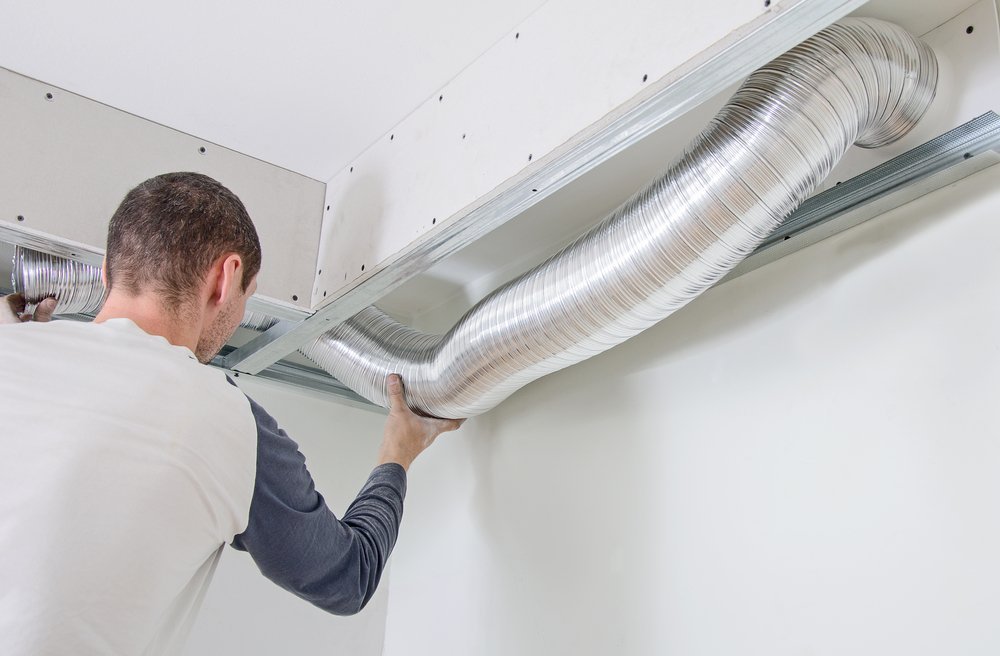
Ideal Installation Of HVAC For Schools
HVAC may represent much of electrical expense in schools, so it is critical to integrate energy-efficient HVAC components and systems. Energy-efficient boilers should make good sense for long-term uses, especially in areas with longer winter. Old radiators tend to ping and whistle, but they can be replaced with highly efficient duct and air handling systems. We can also augment boiler systems with geothermal or solar thermal solutions. Some of the technology implementations can be so efficient that a component can be kept at boiling water temperature for one week with less than 1 degree Fahrenheit of loss. Solar thermal systems should make good sense if we need spaces that are warmer. Making 50,000 feet of interior space warmer with only electrical power doesn’t make economic sense.
We can incorporate solar thermal solutions easily into smaller facilities in schools. This should provide enough redundancy, if the heating system is also based on standard electrical-based solutions. Recent improvements in heating technology can be implemented in schools and they are also applied in many facilities, such as hotels. It is possible to use by-product of electrical equipments and divert the excess heat for individual rooms. This additional heat should augment the main heating system. Classrooms should be able to use the source of heat from any location. Schools may also use technology developed for the healthcare industry. The air within classrooms and restrooms can be filters using UV sterilizer that scrubs the air with UV-C light. This system can be so effective that it kills 99.99 percent of airborne contaminants.
If some students are affected with contagious diseases, such as colds and coughs, the system can kill germs before they have a chance to spread. However, such systems won’t make economic sense if installed through the school, but areas like restrooms and nurse’s station can be equipped with them, especially because germs typically spread in these areas. UV-C can be integrated with standard air handling system to make it more impervious to microorganism spread. Mold can also be prevented to grow, because spores can be eradicated with UV-C system. If possible, we can use sensors to detect the rate of occupancy in classrooms, hallways and other areas. One of the more reliable sensors is CO2 sensors and they could detect how many people are in classrooms, by detecting CO2 levels.
To summarize modern schools should be efficient in operation, with capable heating system and air purification mechanism. Students may not be the cleanest groups of people, so it is necessary to UV sterilizers to scrub the air to eradicate more airborne viruses. Proper heating system should provide comfortable temperature for the whole family, so students can stay engaged and awake during cold winter months. Sensors can accurately gauge occupancy in each classroom at any given time and teachers should have the ability to override these systems if necessary. We could create ideal environments that facilitate learning while minimizing maintenance costs and energy utilizations.
